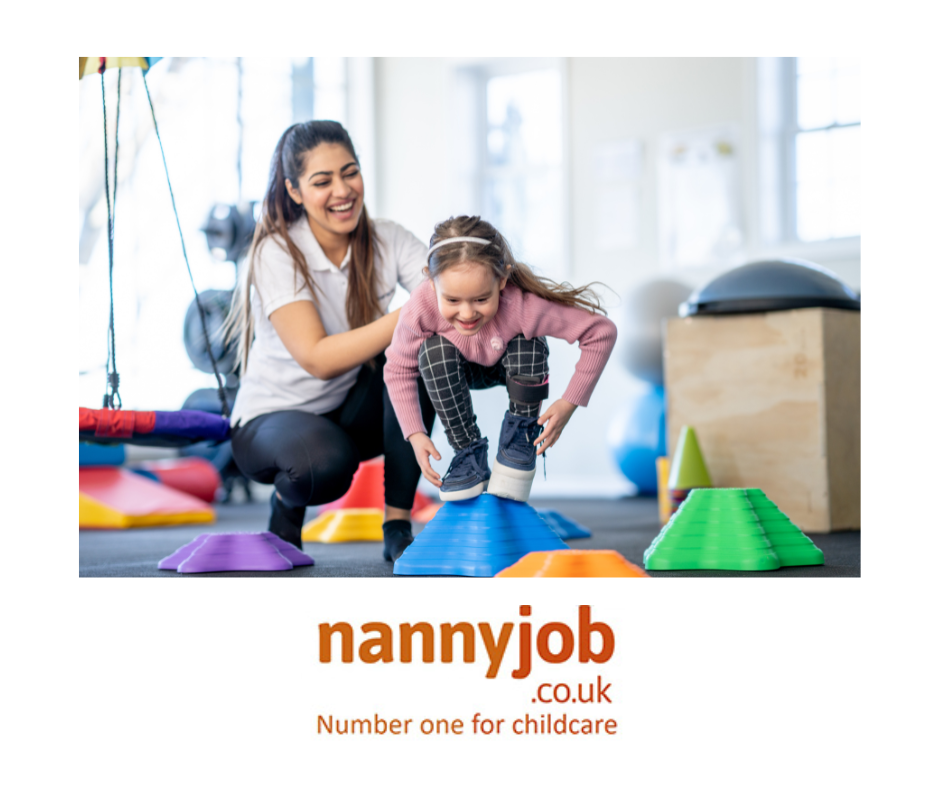In our safety-first culture, parents and childcarers are often cautioned to minimise risks at all costs. The mantra is always “Be careful!” and we’re quick to swoop in at the slightest hint of danger. However, could this well-meaning vigilance actually hinder children’s development? Let’s explore why taking sensible risks might be not just okay, but beneficial.
The Value of Risk
Taking risks is an essential part of growing up. It teaches children about their own limits and the world around them. Risk-taking encourages problem-solving, boosts confidence, and fosters independence. When children are allowed to explore and take measured risks, they learn to navigate challenges and build resilience.
What Are “Sensible” Risks?
Sensible risks are controlled situations where children can test their boundaries without facing serious harm. This doesn’t mean letting a child ride a bike unsupervised near a busy street, but rather allowing them to climb a little higher on the playground while standing by to guide them if they falter. It means letting them figure out how to use a new toy without immediately jumping in to show them how it works.
Benefits of Risk-Taking
- Enhances Decision-Making Skills: Children learn to make decisions by weighing the risk versus the reward, a crucial skill in adulthood.
- Promotes Physical Development: Physical risks, like climbing or jumping, help improve motor skills, balance, and coordination.
- Builds Emotional Resilience: By facing small failures and fears, children learn to cope with bigger challenges as they grow.
Communicating with Parents
Discussing risk-taking with parents can be sensitive. It’s important to start by understanding what they are comfortable with. Share observations about their child’s readiness to handle more challenging activities and discuss the potential benefits. Emphasise that minor scrapes or bumps are a natural part of learning and growing, and clarify how they prefer to be informed about such incidents.
Practical Tips for Incorporating Risk
- Assess the Environment: Make sure the area is safe for the intended activities. Look for potential hazards but also opportunities for challenging yet manageable risks.
- Start Small: Introduce new challenges gradually to build the child’s confidence and ability.
- Stay Close, but Don’t Hover: Be present to offer support if needed, but give children space to explore independently.
- Celebrate Efforts, Not Just Success: Encourage a positive attitude towards trying and learning, regardless of the outcome.
Conclusion
Sensible risk-taking is not about being careless but about being aware of the benefits that controlled challenges can offer children. By rethinking our approach to risk, we can provide children with the tools they need to grow into capable, resilient adults. Remember, a little risk can lead to big rewards.








